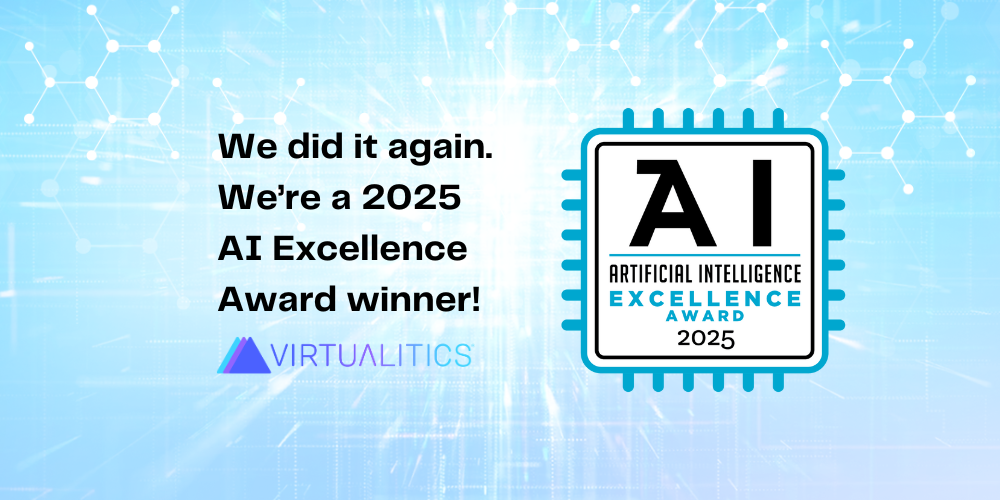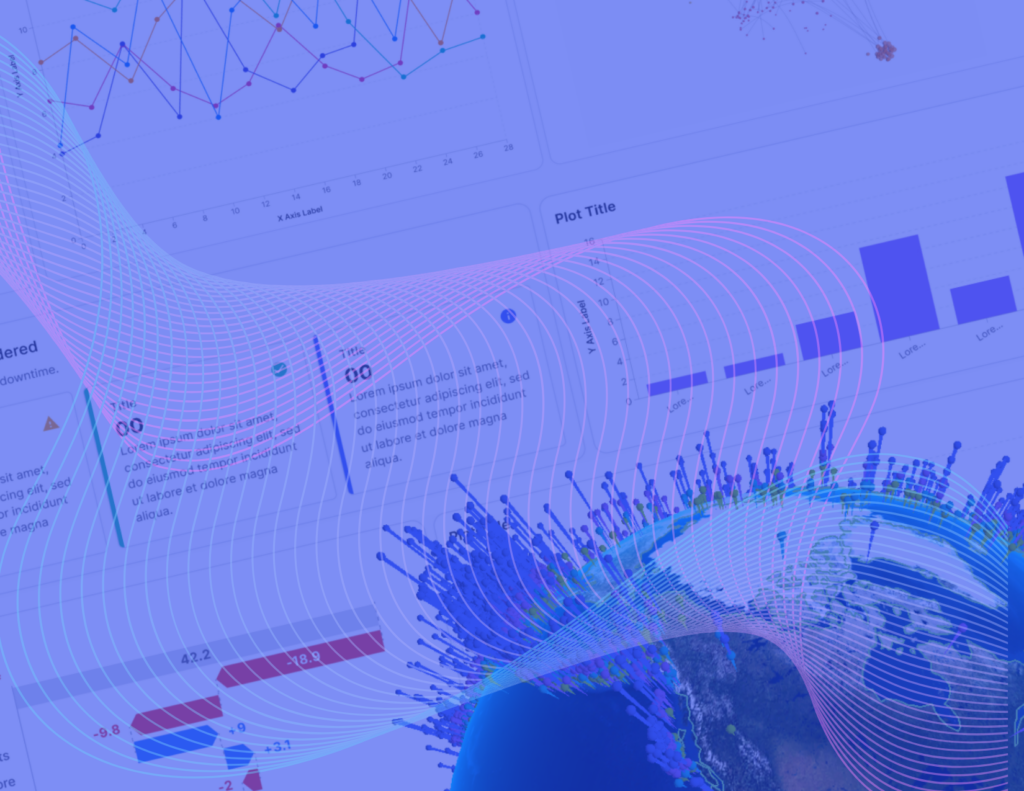Traditional risk management approaches no longer cut it in today’s technology-rich business environment. Not only are businesses producing a deep well of data that can help identify and mitigate risks, but security threats have also become more sophisticated in a digital-first world. With AI-powered data analytics, businesses gain the ability to surface the right insights in their data faster and more efficiently, helping them proactively circumvent different organizational risks before they become larger problems or worse, impossible to fix.
3 Reasons Organizations Need AI-Driven Analytics for Risk Mitigation
Risks are inherent in most business activities, but also is the data that can help identify and assess their impact. Here are a few reasons why leveraging AI enhances your data analyst’s risk management capabilities:
1. Untangles complex data
Organizations produce vast amounts of multidimensional data composed of not just numbers, but also text and visuals. The complexity of all this varied and unstructured data can gum up the works of traditional BI and analytics tools, yet this data is essential to uncovering hidden threats (and opportunities) to your business. AI-driven analytics excel at handling massive, unstructured and multidimensional data, automatically extracting meaningful insights and patterns and explaining this in natural language to guide analysts towards the right areas to focus on.
2. Enables real-time decisions
AI makes it possible to analyze massive amounts of complex data in minutes instead of the days or weeks it often takes other traditional methods. This is because AI also automates much of the data analysis process, delivering up-to-date analytics and reports that can help business leaders make decisions in real-time. AI’s ability to continuously learn and evolve also ensures that risk assessments remain relevant in changing circumstances.
3. Provides predictive power
Data analytics platforms that leverage AI also have predictive modeling capabilities that enable businesses to foresee potential threats and take preventative actions. By analyzing historical data for patterns, AI-driven analytics can surface trends, impending disruptions, and market fluctuations, helping organizations proactively de-escalate issues before they arise.
Risk Mitigation Use Cases for AI-Driven Analytics
There are limitless possibilities for using AI-powered analytics to manage various kinds of risk across different industries and implement proactive measures to mitigate these. Here are a few examples of where AI-powered analytics shines:
1. Supply chains
Manufacturing supply chains are incredibly complex due to the varied and disparate locations, processes, and stakeholders involved. But this can also make them highly sensitive to global and market shifts, adding another layer of risk that requires transparent insight to effectively mitigate.
AI-driven analytics can assess historical and real-time data from multiple, disparate sources, giving data analytics teams clear, streamlined reports on predicted potential disruptions. Explainable AI technology can also surface alternative suppliers and routes or suggest how to optimize inventory levels, helping businesses avoid the biggest risks that may be coming up.
2. Mission readiness
Predictive maintenance has become a popular way for maintenance operations teams to get ahead of equipment failures, but it’s not always clear what the next steps to take are once an operational challenge has been identified.
Not only does an AI-driven analytics help to identify anomalies in equipment performance and maintenance processes, some of these platforms can also fuel Integrated Resource Optimization (IRO), which provides a big-picture view of maintenance operations and the relationships between assets, manpower, and resources. When powered by AI and analytics, IRO can be used to identify the schedule of actions that maintenance relies on so that teams can proactively allocate resources, plan maintenance activities, and yes, reduce risk.
3. Financial fraud detection
Financial institutions face the constant threat of fraud, whether it’s through unauthorized transactions, identity theft or cyber attacks. Banks, credit monitors, credit card companies, and others can use AI-driven analysis to rapidly detect card shimming and skimming. Say a credit card issuer wants to detect and predict risk factors. By exploring and analyzing their enormous, dynamic, complex data lake, the AI algorithms can identify subtle, recurring patterns and define suspicious activities that humans can’t spot due to scale.
4. Cybersecurity threats
Technology organizations are highly susceptible to cyber attacks thanks to the amount of digital information they store and produce. Cybersecurity analysts that leverage AI-driven analytics platforms learn about threats faster, have fewer false positives, and have superior pattern recognition. It can also learn to speed up responses when an attack does succeed and extrapolate from yesterday’s attacks to determine what tomorrow’s will look like.
When It Comes to Risk, Action is Key
While AI makes data analytics more effective for organizational risk management, it’s only one piece of the puzzle. AI technology shouldn’t only speed up analysis by identifying potential risks within a lake of complex data, but it should also provide analytics teams with guidance on what to do next. Explainable AI is critical to helping analysts do deeper intelligent exploration on an anomaly or suggesting how to optimize a business process.
With AI supporting analysis and helping analysts focus their attention on the right places, businesses can take on risk without fear.







